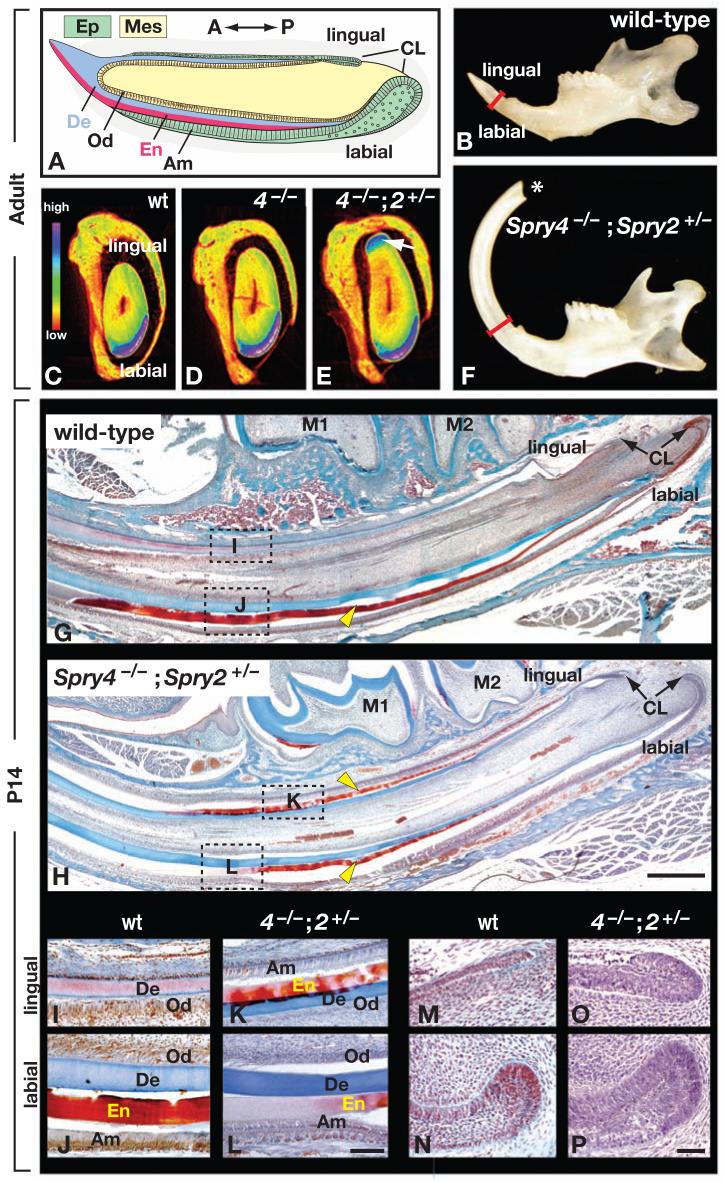Figure 1. Spry4-/-;Spry2+/- mice develop a ‘tusk’-like incisor due to the presence of enamel on the lingual surface.
(A) Schematic diagram of an adult incisor. Enamel and dentin, the calcified tissues of the tooth, are produced by ameloblasts and odontoblasts, respectively. Note that in the normal incisor, ameloblasts and enamel are present only on the labial surface. (B,F) Side views of mandibles from wild-type and Spry4-/-;Spry2+/- adult mice with soft tissue removed. Note the abnormal length and thickness (red bar) of the mutant incisor, as well as the absence of a sharp tip (asterisk). (C-E) Coronal sections from an XTM analysis of wild-type, Spry4-/- (4-/-), and Spry4-/-;Spry2+/- (4-/-;2+/-) incisors. The colors in the bar on the left indicate mineral content. In the XTM sections, enamel is false-colored blue and purple, and dentin and bone are false-colored green and yellow. The white arrow points to ectopic enamel. (G,H) Sagittal sections of the mandibular incisor from postnatal day 14 wild-type and Spry4-/-;Spry2+/- animals. Here, and in all other panels in this and subsequent figures, anterior is to the left and posterior to the right. Yellow arrowheads point to a layer of enamel. Black arrows point to the cervical loops (CLs) at the posterior end of the lingual and labial sides of the incisor. (I-L) Higher magnification views of regions boxed in G and H. Note that in the wild-type and mutant incisors, dentin (stained pink and/or blue) and odontoblasts are present on both lingual and labial sides, whereas enamel and ameloblasts are found only on the labial side in wild-type and on both labial and lingual sides in the Spry4-/-;Spry2+/- incisor. (M-P) High magnification views showing lingual and labial CL morphology in wild-type and Spry4-/-;Spry2+/- incisors. Note that the mutant lingual CL is more similar to the labial CL than to the wild-type lingual CL. Abbreviations: A, anterior; Am, ameloblasts; CL, cervical loop; De, Dentin; En, enamel; Ep, epithelium; Mes, mesenchyme; M1 and M2, first and second molar; Od, odontoblasts; P, posterior; wt, wild-type. Scale bars: H, 500 μm; L, 100 μm; P, 50 μm.

